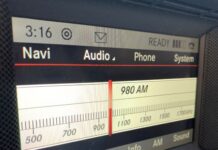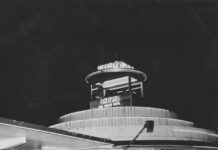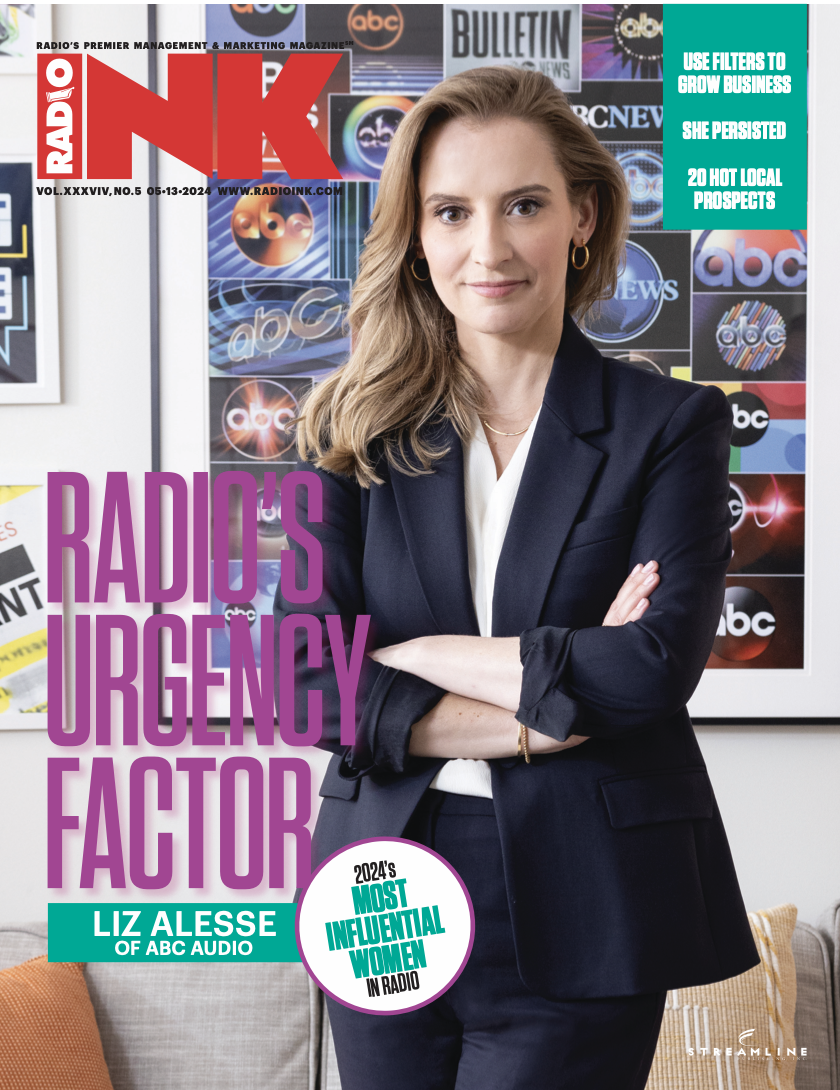
Until this year, Ed Atsinger held the record for the most years on Radio Ink’s 40 Most Powerful People in Radio list, with 25. Back in 1974, along with his brother-in-law Stu Epperson, Atsinger launched Salem Media Group with one radio station, KDAR-FM in Oxnard, California. Today, Salem is America’s leading multimedia company specializing inn Christian and conservative content.
In December of 2021, Salem announced that Atsinger would be turning over his CEO position to David Santrella. The company created a new position for Atsinger, executive chairman of the board, so Salem could continue to benefit from his decades of experience.
In Radio Ink’s July issue, which includes our 2022 40 Most Powerful People in Radio list, we interview Atsinger for his lifetime of great leadership. Here is a sneak peek at that interview.
“I am pleased to add my voice to the many others congratulating Ed on this well-earned recognition. Ed is a terrific leader and strategist who, along with Stuart [Epperson] and Dave [Santrella], has done a masterful job in successfully building Salem over the years. He is also a dedicated, effective industry leader who has made outstanding contributions through his work at NAB, RMLC, and beyond for the benefit of all broadcasters.”
David Field
CEO
Audacy
From the July issue of Radio Ink Magazine….
Radio Ink: Give us your thoughts on radio today compared to 1974.
Atsinger: Obviously there have been enormous changes in radio since 1974. Back then AM was still more dominant than FM, but that landscape was changing rapidly. The number of stations licensed since 1974 has increased dramatically (primarily expansion on the FM band), but there is no question that the impact of the digital revolution has been the most profound change agent affecting the radio business.
I think it is important, however, to think about what hasn’t changed. The attraction and impact of audio communication is even more powerful today than it was in 1974, and free over-the-air AM/FM radio, along with its streamed counterparts, still commands the dominant chunk of audio consumption. So that remains a constant. Another thing that hasn’t changed since 1974 is the fact that nothing happens at a radio station until somebody sells something. Without a sale, there is no contract to sign; without a sale, there is no copy to produce; without a sale, there is nothing to log; and without a sale,
there is nothing to bill or collect. While it is often said that content remains king —
undoubtedly true — nothing happens at a radio operation without great sellers. That
hasn’t changed in spite of the emergence of programmatic digital selling platforms.

Radio Ink: Where do you believe the radio industry will be in the next five to 10 years? How does it need to evolve?
Atsinger: Because radio is still a very reliable and simple technology, I think it will survive the technological revolution that we’re going through, certainly in the car. However, 30% of Salem’s revenue today is digital, 10% comes from publishing, 60% comes from what we consider traditional radio and network revenue. Because technology is changing the world rapidly, it makes crystal ball-gazing more difficult. Any technological developments that enhance audio communication will need to be incorporated. It seems likely that the biggest change will be in the automobile, with the development of autonomous vehicle technology and the impact of that technology on in-car entertainment and the digital dashboard. Obviously, these technologies are still at a very early stage, so it’s impossible to predict exactly how these changes will play out. Nevertheless, I believe they will have a significant impact on the radio industry.
Radio Ink: What does radio need to do better to gain more revenue share?
Atsinger: Radio needs to do a better job of exploiting the immense value and credibility it brings to advertisers. We are bombarded with a variety of digital ads each day, and we have no idea whether the company is legitimate or not. However, when you hear your trusted radio personality tell you about a particular product or service, there is instant
credibility that nameless and faceless digital advertising cannot provide. When you couple that with the frequency and reach available through radio, you create both brand awareness and credibility, neither of which digital advertising has displayed any success in doing. Radio needs to get better at selling its growing digital assets — the stream, the
website, the e-mail list, the data. With the rapid growth in streaming both in-car and via in-home smart speakers, digital has gone from being a minor add-on for most radio stations to a vital source of listenership. But there is still much work to be done to optimize the monetization of these digital assets.
To subscribe to Radio Ink in time to receive our interview with Ed Atsinger and the 2022 40 Most Powerful People in Radio list, CLICK HERE.





